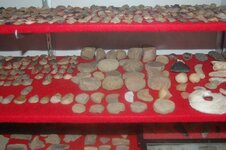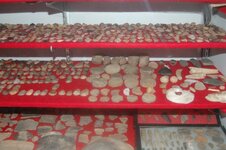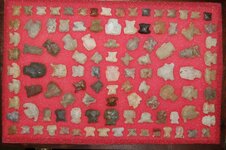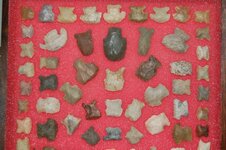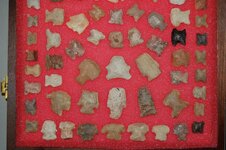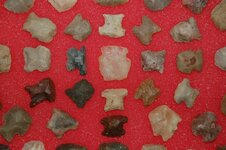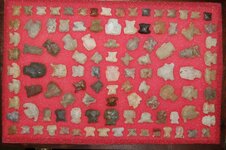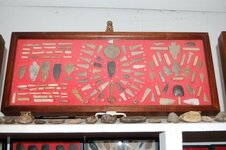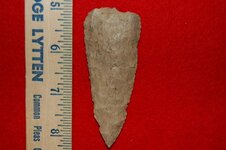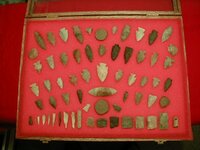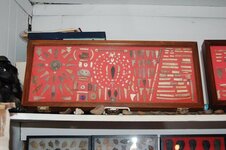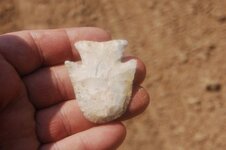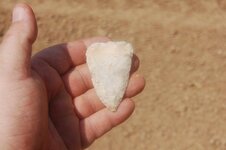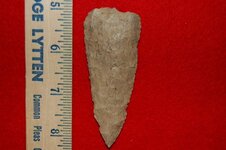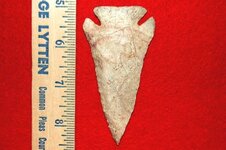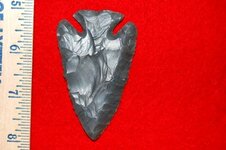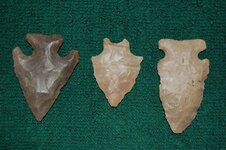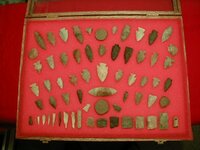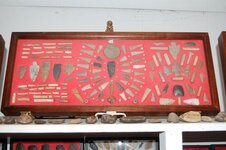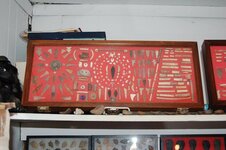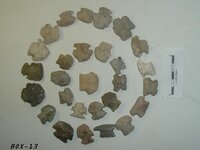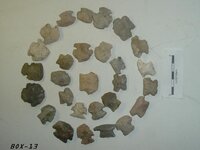I'm glad to see a gathering point for artifact hunters first of all. I have been in the hobby , or obsession might I say, for about 15 years now. Most of the hunting I do is in Virginia and Tennessee. I have found a few things which I am not quite sure what they are. I am fairly illiterate when it comes to computers. I would post some pictures on here of some of the things I have found, but my lack of ability leaves me hindered haha. Alright, a question about stone artifacts first. An argument I have ran into among local hunters has to do with hafted scrapers and blunts. Some of the pieces are hard to distinguish. Is there really a definate way to tell the two apart? Any help with that question would be appreciated. It also is a pet peave of mine when ' archeologists' claim we shouldn't disturb artifacts from their natural state. I have no degree at all in this field, yet I have gained valuable information by being in the field. Observation and participation is the key to knowledge. Text books do not make a person qualified. I have uncovered something that has helped me discover several Mississippian Era sites. To my knowledge, this has never been discussed or printed. After dealing with a few of these sites, I made the link. The link between them all was so obvious. I can now visually look at a site and tell that it was a Mississippian Era site with 100% accuracy. I am glad to be among others that share this same obsession. I am glad to now be a part of this community and look forward to talking with you all in the future. - relix
Amazon Forum Fav 👍
Upvote
0


